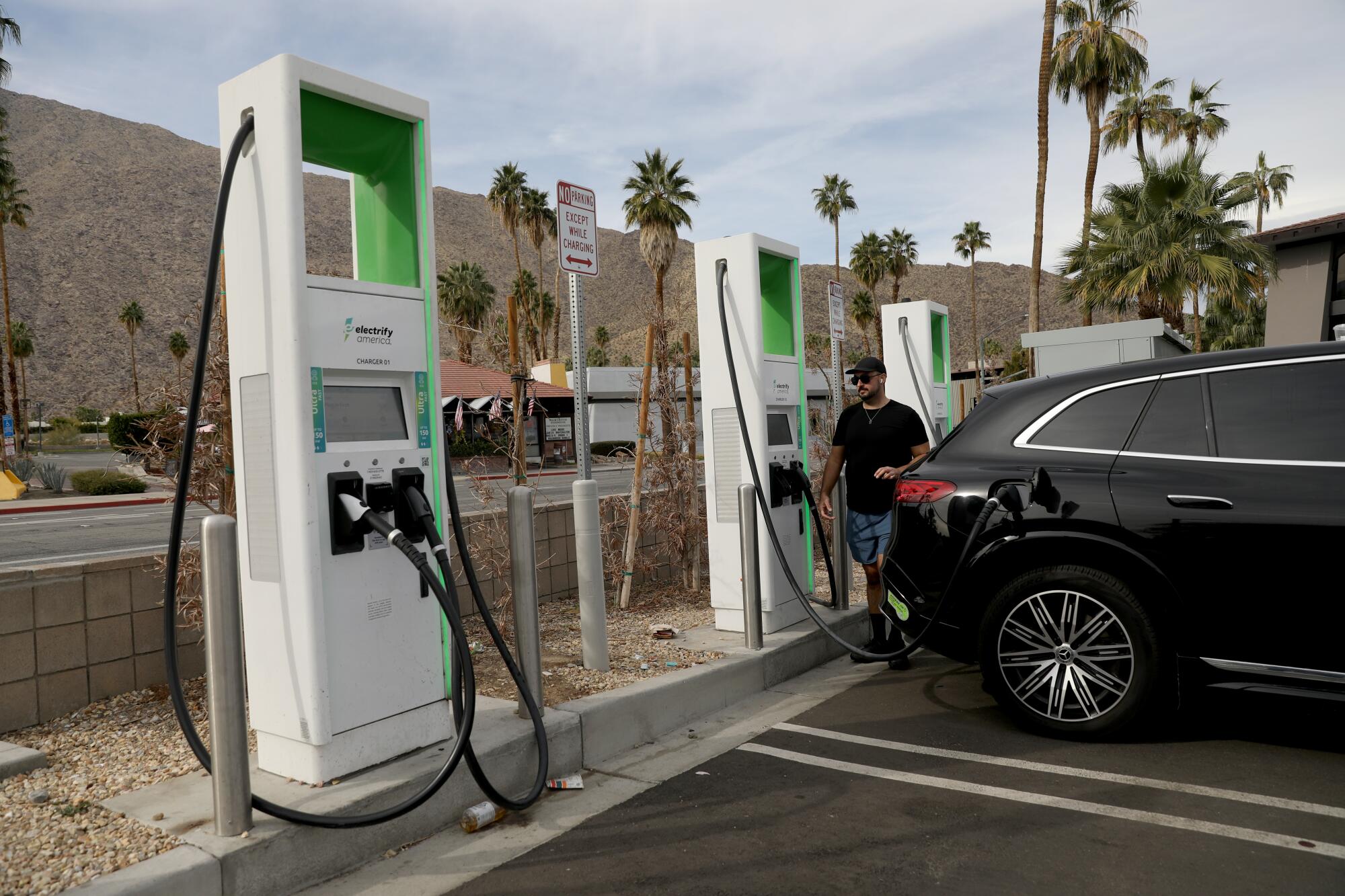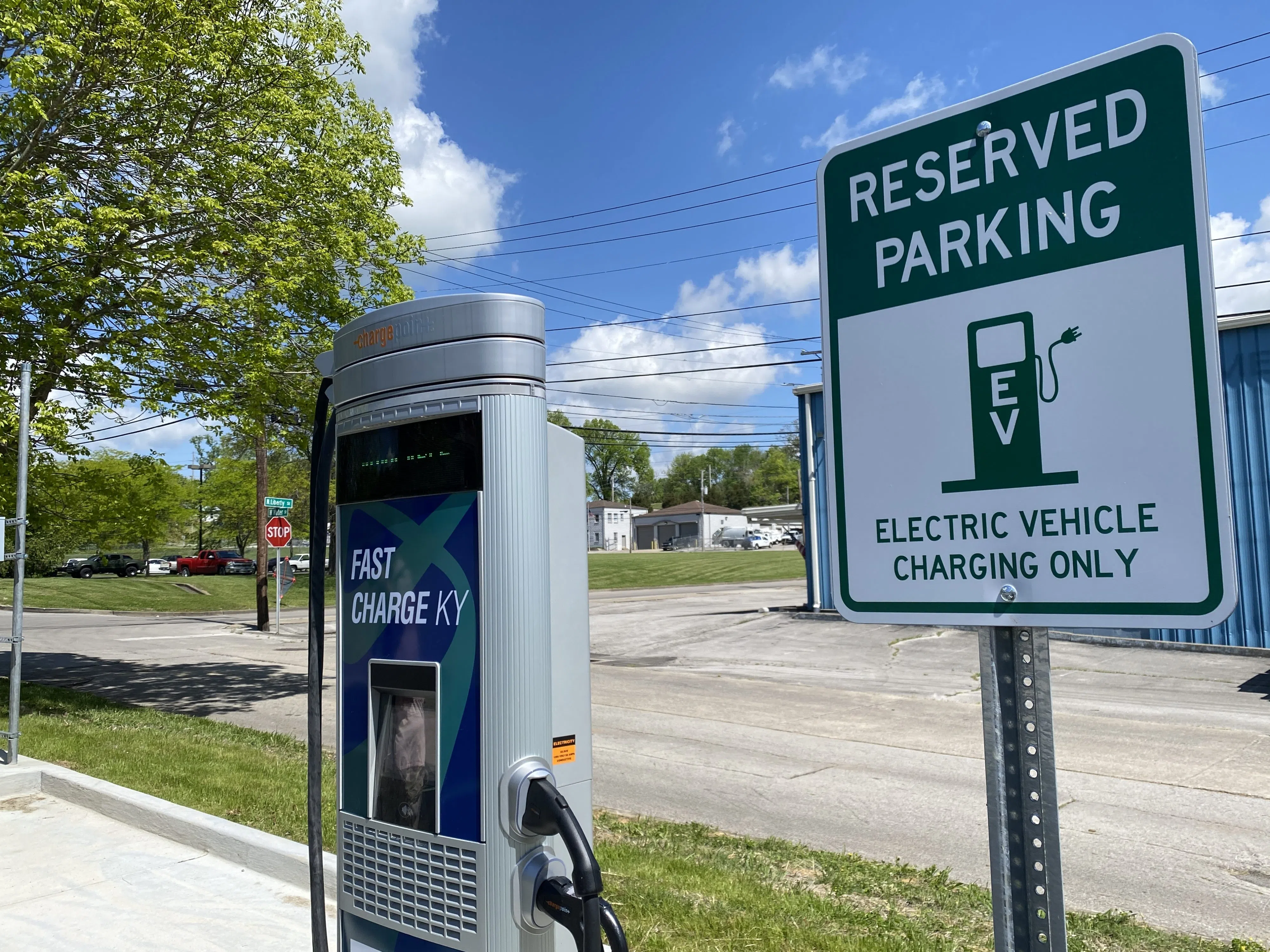What’s Driving the Growth of EV Infrastructure? Buy EV Charging news for Key Updates
What’s Driving the Growth of EV Infrastructure? Buy EV Charging news for Key Updates
Blog Article
New Advancement in EV Charging: Just How the Market Is Advancing to Meet Need
As the electrical lorry (EV) market proceeds to broaden, the charging infrastructure is undertaking substantial improvements to deal with the surging need. The ramifications of these improvements raise crucial questions about the future of EV charging and its function in the more comprehensive energy ecosystem.
Growth of Billing Framework
The fast expansion of electrical vehicle (EV) billing facilities is a vital element in helping with the prevalent adoption of electric movement. As governments, private business, and customers progressively acknowledge the relevance of lowering carbon emissions, financial investments accountable networks have surged. This infrastructure development is necessary to minimize array stress and anxiety, ensuring that EV individuals have convenient accessibility to billing stations.
Significant advancements in charging terminal innovation and deployment strategies have actually emerged. Urban areas are seeing a spreading of public billing terminals, while country areas are slowly being incorporated into the charging network. Additionally, partnerships between automobile makers and charging carriers are becoming more common, promoting the facility of detailed networks that boost user experience and access.
On top of that, the combination of renewable energy resources into billing stations is getting energy, promoting sustainability in the EV community. This shift not only supports environmental objectives however additionally lines up with the increasing demand for environment-friendly energy solutions amongst consumers.
Ultra-Fast Charging Technologies
Ultra-fast billing modern technologies stand for a considerable leap forward in the EV billing landscape, making it possible for electrical automobiles to recharge in a fraction of the moment compared to traditional billing methods. These innovations usually deliver power levels surpassing 150 kW, with some systems rising to 350 kW or even more, drastically lowering charging times to as little as 15-30 minutes for a significant cost.
Secret enabling modern technologies include advancements in battery chemistry, power electronic devices, and thermal administration systems. High-capacity batteries with improved thermal stability permit for faster billing without overheating. EV Charging news. Additionally, developments in charging facilities, such as liquid-cooled cables and modular billing terminals, help with efficient power transfer, boosting the total individual experience
Major automotive manufacturers and technology firms are proactively buying ultra-fast charging networks, identifying the essential role they play in getting over range stress and anxiety and increasing the fostering of electrical lorries. As these modern technologies come to be more widely readily available, the EV market is anticipated to witness substantial development, making electrical movement a more appealing option for consumers. Overall, ultra-fast charging modern technologies are critical fit the future of lasting transport, leading the way for an extra effective and extensive billing community.
Smart Grid Integration

Through need action techniques, wise grid systems can change billing timetables based Discover More upon grid conditions and electricity rates. For circumstances, during periods of high need, charging can be delayed to off-peak hours, resulting in reduced expenses for customers and decreased stress on the grid. Additionally, vehicle-to-grid (V2G) innovations make it possible for EVs to release energy back into the grid, offering secondary services and improving grid stability.
Combination with renewable resource resources further boosts the sustainability of EV billing. By straightening billing activities with durations of high solar or wind generation, clever grids advertise a greener charging framework. Ultimately, smart grid integration not only supports the expanding need for EVs but also adds to an extra sustainable and resistant power future, positioning the market for long-lasting go to the website success.
Battery Technologies
Among the quick development of electrical automobiles (EVs), battery developments stand at the leading edge, driving innovations in sustainability, performance, and efficiency. As the demand for EVs rises, makers and researchers are concentrating on boosting battery modern technologies to attend to challenges such as variety stress and anxiety and charging times.
Lithium-ion batteries continue to be one of the most widely used innovation, yet brand-new products and chemistries are arising to boost energy density and long life. Solid-state batteries, for example, promise higher power storage space capability and boosted safety and security by changing liquid electrolytes with solid ones. This shift can significantly decrease the threat of fire and boost the lifespan of batteries.
Additionally, innovations in battery reusing processes are crucial for sustainability. Companies are creating techniques to recuperate important materials like lithium, cobalt, and nickel from used batteries, advertising a round economic climate and lowering ecological effect.

Worldwide Billing Standards

Efforts are underway to establish international billing standards that help with compatibility amongst various EV versions and billing terminals. Organizations such as the International Electrotechnical Commission (IEC) and the Culture of Automotive Engineers (SAE) are functioning collaboratively with automobile makers and energy providers to develop comprehensive standards. EV Charging news. These standards goal to enhance the billing process, minimize the requirement for numerous adapters, and boost individual experience
Additionally, standardization can significantly bolster the expansion of the charging network, as it motivates investment by making framework advancement much more reliable and predictable. As the EV market grows, a unified method to charging criteria will be vital for ensuring that customers can bill their automobiles comfortably and dependably, thus supporting the wider change to lasting transport.
Verdict
The electrical vehicle billing industry is going through considerable makeover to resolve the surging demand for lasting transportation. Advancements accountable framework, ultra-fast technologies, clever grid integration, and ingenious battery options are crucial in improving individual experience and functional performance. Furthermore, the search of global billing standards is critical for guaranteeing interoperability throughout different areas and systems. Collectively, these advancements position the industry to support a broader adoption of electric vehicles, eventually contributing to an extra lasting future.
Urban locations are seeing a proliferation of public charging stations, while country areas are gradually being integrated into the billing network. Furthermore, developments in billing facilities, such as liquid-cooled cables and modular charging stations, promote reliable power transfer, improving the general individual experience.
Generally, ultra-fast charging innovations are critical in forming the future of lasting transportation, paving the way for an extra considerable and effective billing environment. - EV Charging news
By lining up billing tasks with durations of high solar or wind generation, wise grids advertise a greener billing framework.Initiatives are underway to establish global charging standards that assist in compatibility among different EV models and charging terminals.
Report this page